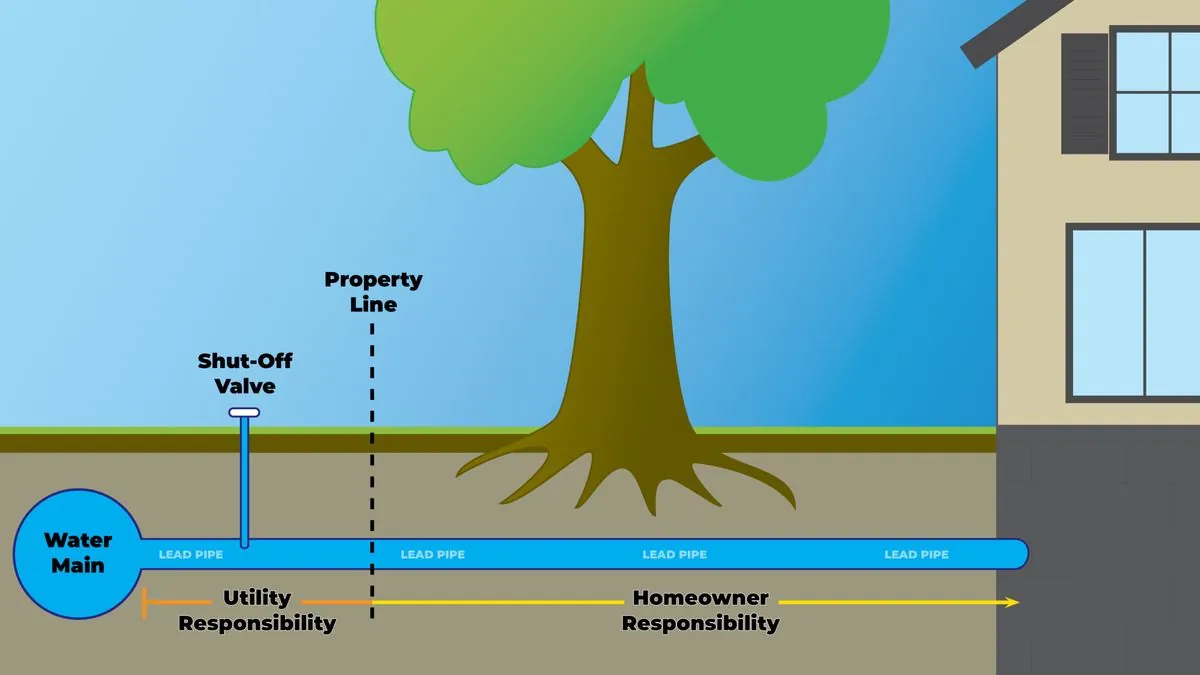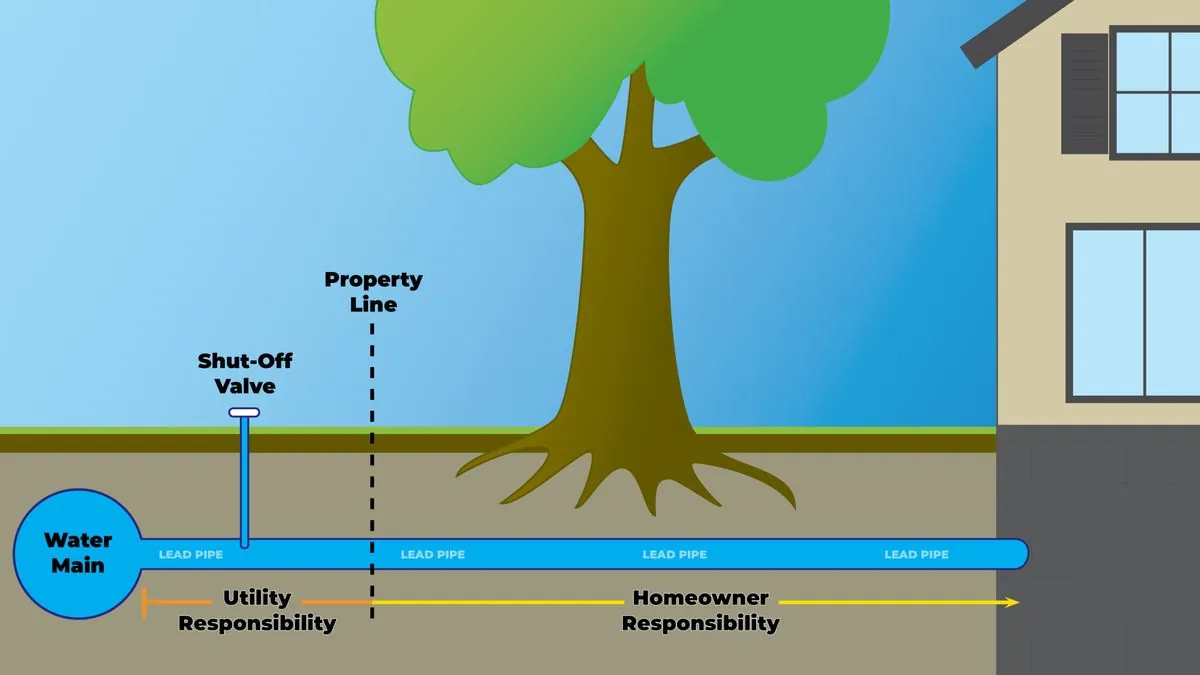EPA Mandates Decade-Long Lead Pipe Replacement in US Water Systems
The Environmental Protection Agency has finalized a rule requiring water utilities to replace all lead pipes within 10 years, aiming to eliminate toxic threats affecting thousands of American children annually.

The Environmental Protection Agency (EPA) has taken a significant step towards improving public health by finalizing a rule that mandates the replacement of all lead pipes in US water systems within a decade. This decision, announced on 2024-10-08, marks a crucial milestone in the ongoing battle against lead contamination in drinking water.
The new regulation, known as the Lead and Copper Rule Improvements, addresses a long-standing health concern that has persisted despite Congress recognizing the risks of lead pipes nearly four decades ago. Michael Regan, EPA Administrator, described the issue as a "generational public health crisis" that has disproportionately affected children across the nation.
Lead exposure through drinking water poses severe health risks, particularly for young children. The Centers for Disease Control and Prevention (CDC) reports that lead can cause irreversible developmental delays, learning difficulties, and behavioral problems in children. In adults, it may lead to increased blood pressure, heart disease, decreased kidney function, and even cancer.

The history of lead in plumbing is extensive, dating back to ancient Roman times. Interestingly, the word "plumbing" itself originates from the Latin word for lead, "plumbum." Despite its long-standing use, the first documented case of lead poisoning was recorded by Hippocrates in 370 BC, highlighting the enduring nature of this health hazard.
The new EPA rule introduces several key changes:
- Establishment of a national inventory of lead service lines
- Requirement for utilities to replace lead pipes on private property
- Lowering of the lead contamination trigger level from 15 parts per billion (ppb) to 10 ppb
- Mandatory testing for lead in schools connected to public water systems
These measures aim to address the estimated 9 million homes across the United States that still rely on lead pipelines for their water supply. The White House projects that replacing all these pipes could cost at least $45 billion, a significant investment in public health.
Joe Biden's administration has prioritized this issue, securing $15 billion through the bipartisan infrastructure law and pledging to eliminate lead pipes by 2031. To date, the administration has spent $9 billion, resulting in the replacement of over 367,000 lead pipes nationwide, impacting nearly 1 million people.
While water utilities support the overall goal, they express concerns about the timeline and costs associated with the new requirements. Tom Dobbins, chief executive of the Association of Metropolitan Water Agencies, highlighted three major challenges: access to private property, replacement costs, and the ambitious timeline.
"While the rule is imperfect and we still have more to do, this is by far the biggest step towards eliminating lead in tap water in over three decades."
Environmental advocates have praised the new rule as a significant victory for public health. The EPA estimates that full implementation of the regulation could prevent up to 900,000 cases of low birth weight in infants, reduce ADHD cases in children, and prevent the loss of up to 200,000 IQ points in children.
It's worth noting that lead exposure has far-reaching consequences beyond immediate health effects. Some studies suggest a link between early lead exposure and criminal behavior later in life, underscoring the long-term societal impact of this issue.
As the nation embarks on this ambitious lead pipe replacement program, it's crucial to remember that the effects of lead can persist long after exposure. The half-life of lead in blood is about 30 days, but in bones, it can be up to 30 years, emphasizing the importance of swift and comprehensive action.
The implementation of this rule represents a significant step forward in protecting public health, particularly for vulnerable populations. However, as Ben Grumbles, executive director of the Environmental Council of the States, points out, adequate funding for state regulators and enforcement will be crucial to the success of this initiative.
As the United States works towards a lead-free water infrastructure, it joins the ranks of nations prioritizing public health over outdated systems. This monumental effort not only addresses immediate health concerns but also invests in the future well-being of generations to come.


































